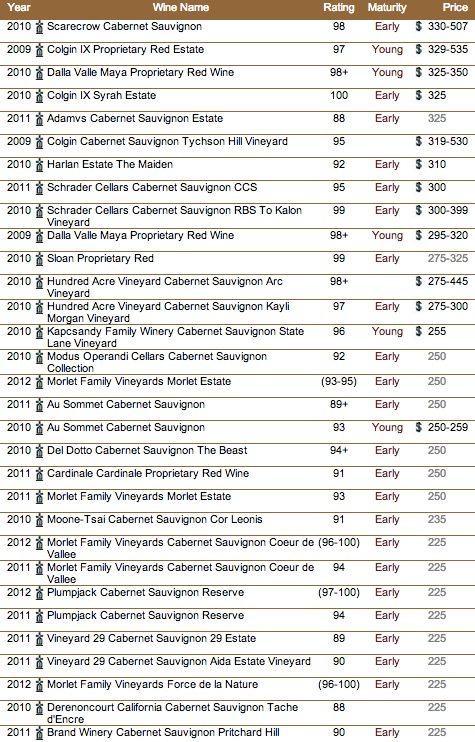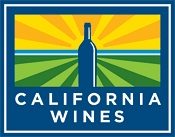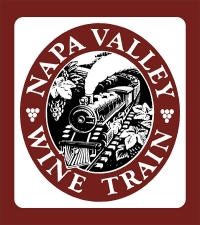In case you missed issue #209 of the Wine Advocate, Robert Parker pinch hit (a change in role from his vertical revisits) and reviewed recent release Napa Valley wines during the post-Anthony Galloni transition phase. According to Parker, it is Part I of the single largest Wine Advocate Napa report ever produced in the history of the publication. As noteworthy as the task of reviewing more than 1,000 seemingly amazing wines in about one month’s times is Parker’s stab at an evenhanded assessment of the stratospheric release prices for top Napa wines. To give some context to his comments on Napa wine prices, here are some of the wines and published release prices included in the report of 1,469 different Napa wines (note: some of the release prices in the print version are lower since they reflect winery release prices while some of the bolded prices that follow from the erobertparker.com site reflect what consumers can pay now in secondary retail outlets that erobertparker.com links to):
The list of $200+ bottles of Napa wine continues.
 Only 212 (14%) of the 1,469 wines reviewed in the Napa report are priced $40 and under. 450 (31%) wines are priced over $100 and 246 (17%) wines cost between $75 and $99. Without focusing on the top cult wines, almost half of the recently released Napa wines Robert Parker reviewed requires a wine consumer to part with something north of $75 per bottle. Double that at most restaurants.
Only 212 (14%) of the 1,469 wines reviewed in the Napa report are priced $40 and under. 450 (31%) wines are priced over $100 and 246 (17%) wines cost between $75 and $99. Without focusing on the top cult wines, almost half of the recently released Napa wines Robert Parker reviewed requires a wine consumer to part with something north of $75 per bottle. Double that at most restaurants.
There was some empathy in Parker’s acknowledgment of the uneasy calculus this creates for east coast winos like me who maintain a global interest and perspective in fine wine. He says ” Napa Valley wine prices, for someone from the East Coast and someone who knows the European price models, evoke mixed emotions.” Mixed emotions? With a little less political tip-toeing around, I reckon that you have to be nuts or tunnel visioned to regularly drink Napa’s over priced top bottles when there is so much great wine at tolerable price points on the market. Rising Napa prices have driven what has turned into my own ten-year-old organic boycott of $100+ Napa wines. Price, not quality, has diverted attention away from the “Golden State” for so many other like minded winos too.
 Parker suggests this view is misguided and rooted in a Euro Centric mindset since he claims, “all of the fallacies about Napa wines being too rich, short-lived and over-the-top are, in fact, absurd drivel often created by Euro-centric wine drinkers.” Hey, I like Napa wine. I would prefer to drink some, but just won’t when I can regularly find beauty in a bottle for $25-$75 from Europe. I can afford it, but just don’t think it makes a bunch of sense to spend hundreds of dollars on a bottle of wine with any regularity.
Parker suggests this view is misguided and rooted in a Euro Centric mindset since he claims, “all of the fallacies about Napa wines being too rich, short-lived and over-the-top are, in fact, absurd drivel often created by Euro-centric wine drinkers.” Hey, I like Napa wine. I would prefer to drink some, but just won’t when I can regularly find beauty in a bottle for $25-$75 from Europe. I can afford it, but just don’t think it makes a bunch of sense to spend hundreds of dollars on a bottle of wine with any regularity.
Parker would go on to argue that everything is fine in the world of Napa wine price models since wines are selling well and everyone should just stop crying foul and blowing loud whistles. He acknowledges that “Napa has a dangerously high-priced, luxury image, largely based in fact, not fiction,” but suggests none of that matters because with “the economy beginning to slowly rebound, most wineries seem to be selling their wines at high prices despite the omnipresent whining and hysteria from segments of the blogging/wine writing community.” Oops, maybe I need to shut up and start swooning more over $200 Napa wines on this blog while I am drinking really pretty wines at less than a quarter the price.
Even great luxury products can be overpriced, weak consumer propositions. Napa wine can make my knees weak. So did my Mercedes that I paid $70,000 for and then put another $50,000 in repairs into over six years of ownership. The car’s construction was as complex and rode as smooth as a bottle of Dalle Valle. But, I found a car for 60% of the price and 20% of the maintenance cost that rides just as sweet. Mercedes is a great car to drive, but I will never buy another one because the auto market is just as global and competitive a marketplace as wine is.
 I can not argue with Parker when he insists “world class quality from Napa Valley is a fact, not a myth…if you are not following what is going on in Napa Valley, you are missing some of the world’s most compelling and provocative wines.” But that is not, as Parker dismissively concludes, “end of story.” The end of the story for me is that while I might be missing out on some of the world’s most compelling wines, I have hopped off the Napa Wine Train and sailed my boat across the Atlantic Ocean into the sunrise. I plan to visit the best of Napa for an occasional holiday or two, but that’s enough. That’s the end of my story.
I can not argue with Parker when he insists “world class quality from Napa Valley is a fact, not a myth…if you are not following what is going on in Napa Valley, you are missing some of the world’s most compelling and provocative wines.” But that is not, as Parker dismissively concludes, “end of story.” The end of the story for me is that while I might be missing out on some of the world’s most compelling wines, I have hopped off the Napa Wine Train and sailed my boat across the Atlantic Ocean into the sunrise. I plan to visit the best of Napa for an occasional holiday or two, but that’s enough. That’s the end of my story.
For more on how this story evolved, you can read why California wine lists are a value desert , whether anyone is listening to consumers ignoring California wines , and more commentary about what is going on with the price of wine.
